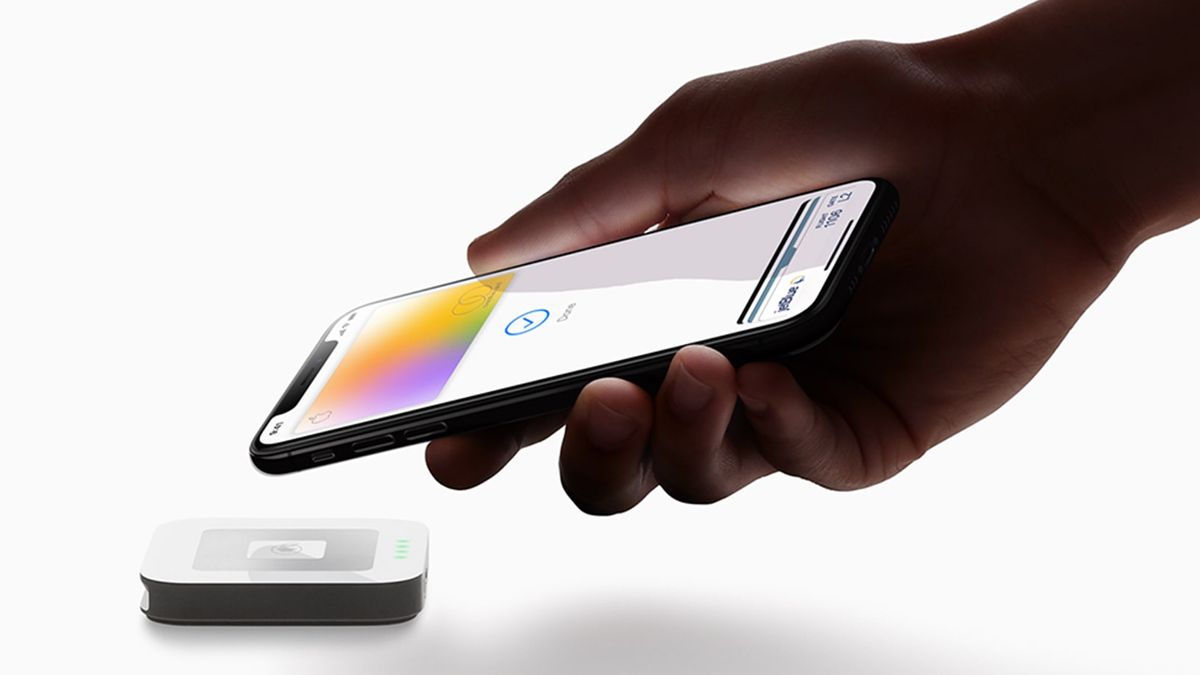But they soon found their first big believer. That year, at a medical conference in Destin, Flaorida, the Hansons met Jeffrey Guy, a physician for the University of South Carolina athletic department, who later looked at the caps’ testing data and came away impressed enough for the Gamecocks football team—including future first-overall NFL pick Jadeveon Clowney—to start using them in their 2013 summer practices. Naturally it wasn’t long before one of South Carolina’s biggest rivals, Clemson, had placed orders too.
“It really was one team giving it a shot, and it just kept spreading,” Erin says.
“That’s the stupidest thing in the world,” Lee says of another.
But they soon found their first big believer. That year, at a medical conference in Destin, Flaorida, the Hansons met Jeffrey Guy, a physician for the University of South Carolina athletic department, who later looked at the caps’ testing data and came away impressed enough for the Gamecocks football team—including future first-overall NFL pick Jadeveon Clowney—to start using them in their 2013 summer practices. Naturally it wasn’t long before one of South Carolina’s biggest rivals, Clemson, had placed orders too.
“It really was one team giving it a shot, and it just kept spreading,” Erin says.
Along the way, the Hansons abandoned the POC Ventures name after receiving a strongly worded letter from the Swedish cycling and snow sport helmet manufacturer POC, settling on Guardian and a halo logo as reflections of their religious faith. (They later switched the latter, too, to an angel’s wing.) Their belief in their business mission was soon rewarded in April 2017, when the rechristened company was anointed as a winner of an NFL-sponsored research competition for protective football equipment, the HeadHealthTECH challenge, receiving $20,000 to fund future biomechanical testing for their Guardian Caps.
The Hansons were back in the door.
Technically speaking, Erin and Lee never saw their grand prize. Rather, the money ended up being routed directly to Biokinetics, an Ottawa-based laboratory that partners with the NFL for helmet testing. The results were then analyzed by Biocore, a biomechanical engineering firm out of Charlottesville, Virginia, that also acts as a league consultant for player equipment, including helmets.
At the time, the lone model of the Guardian Cap was the Guardian XT, a 7-ounce soft shell then already popular with a growing handful of elite college programs and hundreds of high school teams nationwide. But the results didn’t measure up under lab conditions simulating the higher speeds and masses of professional football hits. “We didn’t really find that it had much of an effect on the NFL impact environment,” says Ann Bailey Good, a senior engineer at Biocore.

 5 hours ago
3
5 hours ago
3








 English (US) ·
English (US) ·